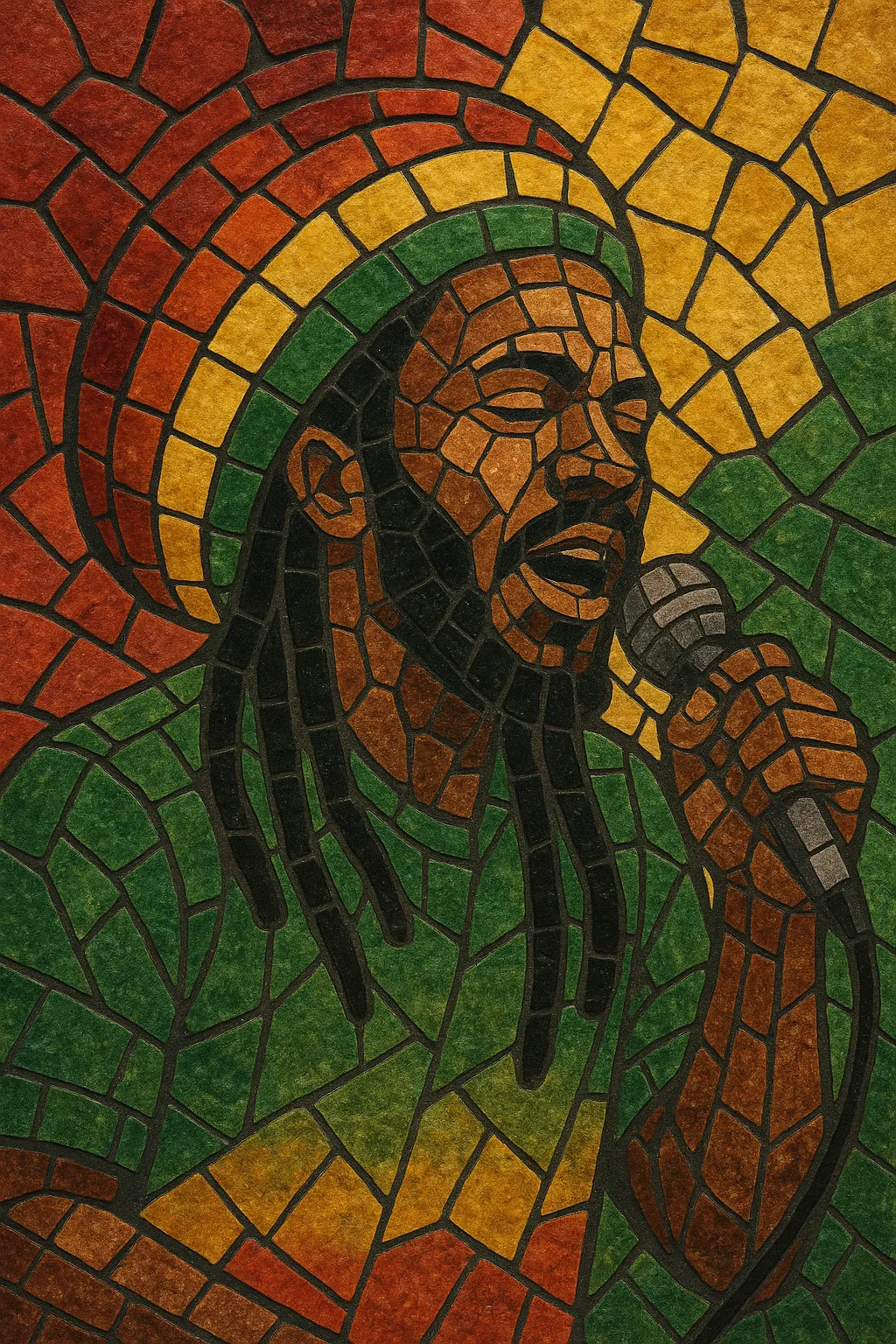Ragga (short for raggamuffin) is a digital-era branch of Jamaican dancehall that foregrounds electronic rhythms, heavy sub‑bass, and rapid‑fire toasting in Jamaican Patois.
It typically uses drum machines, sampled or synthesized basslines, and minimal harmonic movement, creating spacious, hard‑hitting “riddims” over which multiple deejays deliver contrasting versions.
The style crystallized in the mid‑1980s after the pivotal “Sleng Teng” riddim popularized fully digital production, ushering in a new sound that was simultaneously streetwise, club‑ready, and globally exportable.
Lyrically, ragga ranges from party‑starting “slackness” and braggadocio to social commentary, and its vocal delivery combines singing, chanting, and MC‑style flows.
Ragga emerged in Kingston in the mid‑1980s as a direct response to the arrival of fully digital production in dancehall. The watershed moment was Wayne Smith’s 1985 hit “Under Mi Sleng Teng,” voiced over the “Sleng Teng” riddim produced by King Jammy and built from a preset on a small Casio keyboard. That riddim’s synthetic bass and drum machine pulse broke with roots reggae’s band-centric sound and established a new, leaner aesthetic for sound systems.
Within the sound‑system scene (Stone Love, Killamanjaro and others), producers rapidly embraced drum machines, early home keyboards, and affordable synths. Deejays such as Admiral Bailey and Ninjaman helped codify the tougher, faster, and more percussive vocal delivery associated with raggamuffin style, while engineers applied dub‑style delays and reverbs to the new digital palette.
By the early 1990s, ragga had become Jamaica’s dominant contemporary style and began crossing over internationally. Shabba Ranks, Super Cat, and Cutty Ranks scored major hits, while producers like Steely & Clevie and Gussie Clarke supplied hit riddims. Ragga’s rhythmic DNA traveled widely: UK rave scenes sampled ragga vocals, feeding into jungle and later ragga jungle, and Shabba Ranks’s “Dem Bow” rhythm directly seeded reggaetón in Puerto Rico and beyond.
Collaborations with hip hop (often labeled “ragga hip‑hop”) further expanded its footprint. At the same time, the riddim economy—one beat voiced by many artists—accelerated the music’s pace of innovation and kept dance floors stocked with fresh versions.
Through the 2000s, ragga’s sound and attitude continued to shape global club music. Its vocal cadences inform grime and other UK styles, while its syncopated drum patterns echo through reggaeton, moombahton, and numerous EDM hybrids. In Jamaica, the ragga approach remains foundational to contemporary dancehall, from live sound‑system culture to digital-first production workflows.
Today, ragga functions both as a historical term for the post‑Sleng Teng digital dancehall era and as an ongoing practice: sparse, bass‑forward riddims designed for vocal performance, dubwise mixing, and sound‑system impact.


